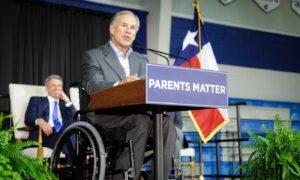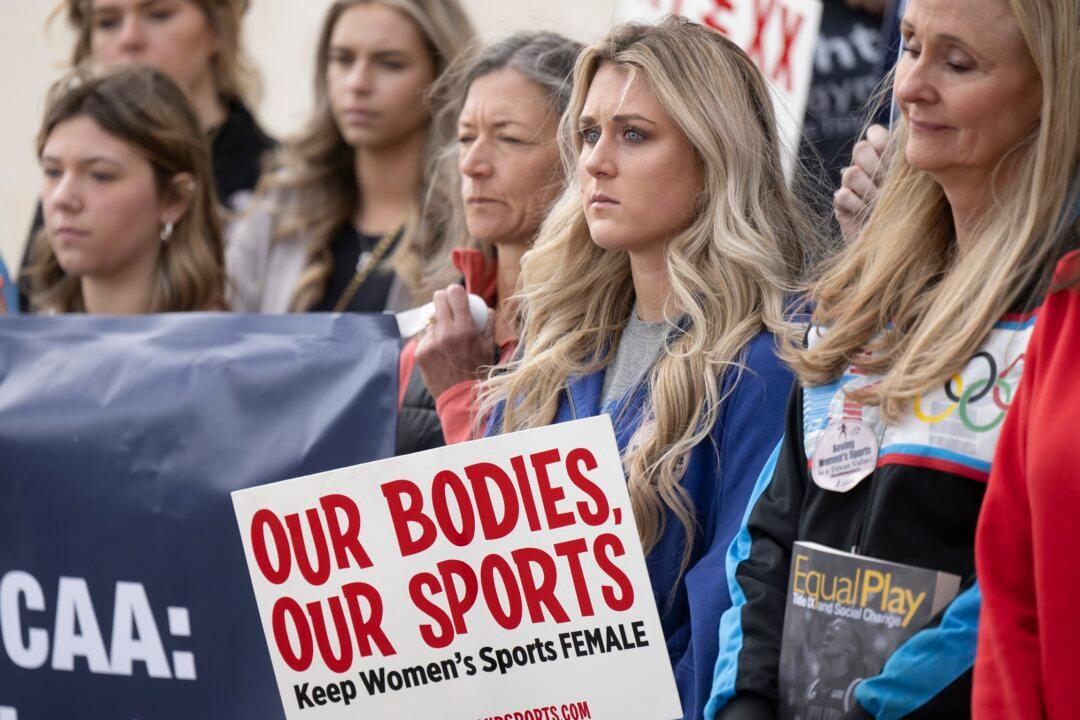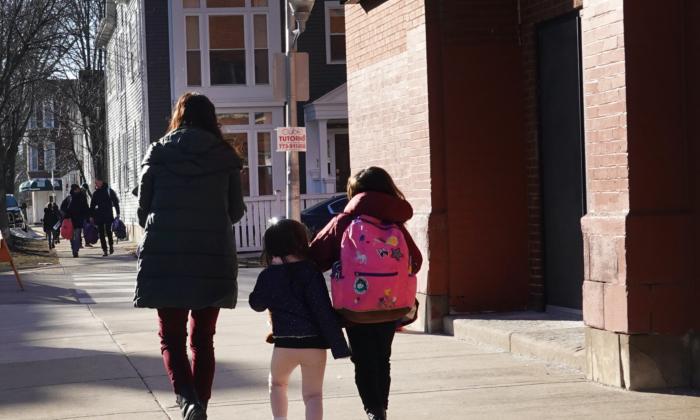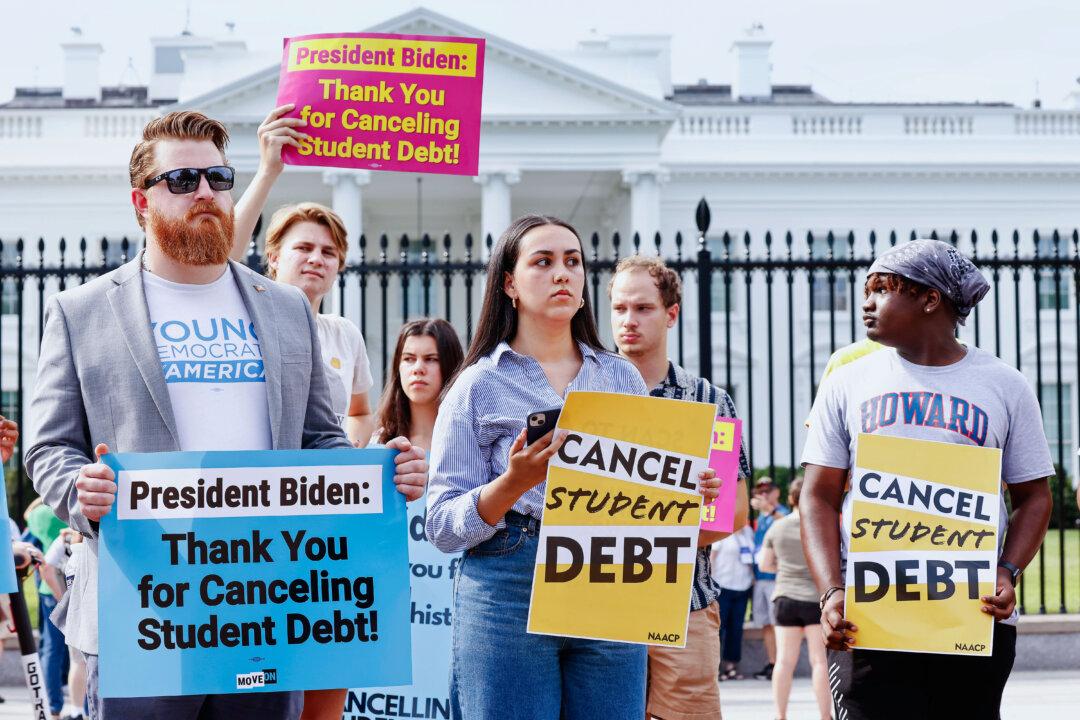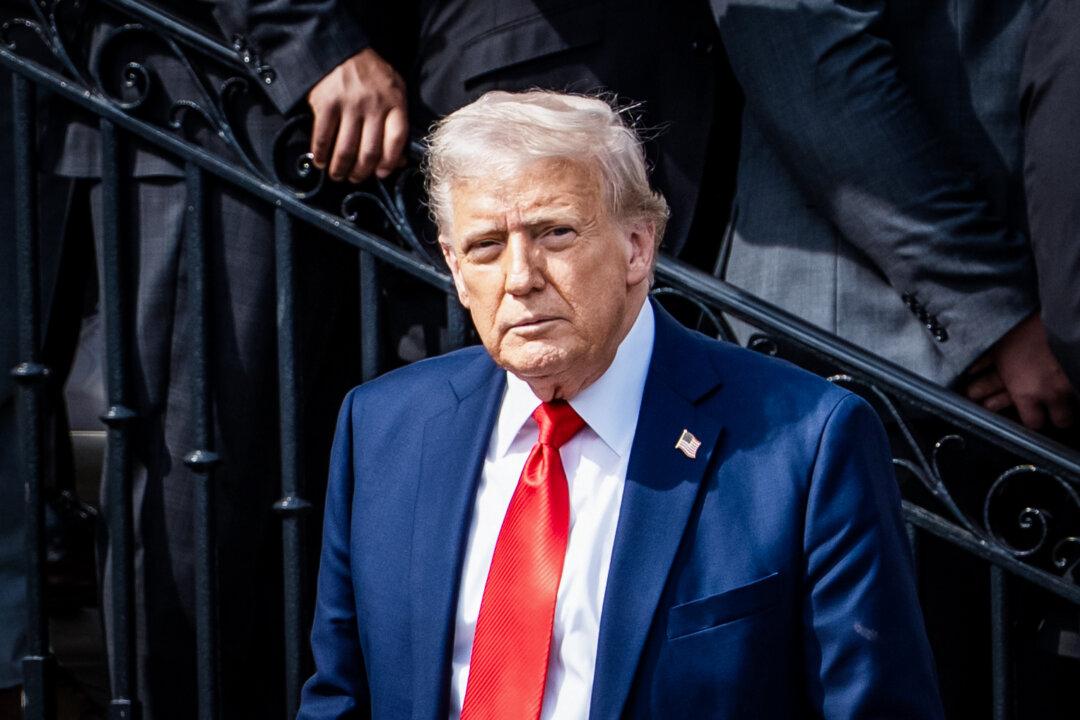By the fall of 2026, the number of American K–12 students eligible for publicly funded school choice scholarships is expected to exceed 50 percent.
It says Abbott’s move would push the total number of children served by universal school choice laws into the national majority.
“This is over 20 years in the making,” Ryan Cantrell, the organization’s president of government affairs, told The Epoch Times. “Texas could provide a blueprint for a lot of places.”
The Texas bill, which passed both houses this month and would begin in the 2026–2027 academic year if signed into law by the governor, would provide at least $10,000 per selected child for an education savings account (ESA).
Children with special needs or from low-income households would be prioritized if demand is higher than funds available, according to the bill.
All 6 million K-12 students in that state would be eligible for consideration, and Abbott is expected to sign the bill soon.
The state would provide local schools up to $30,000 for a disabled student’s individualized education plan, so under this school choice bill, the approved amount would follow the child to their desired school, public or private.
As an education savings plan in which qualifying recipients can set up a savings account for school expenses, similar to a health savings account, it would also provide money for school transportation, meals, and other services.
Universal school choice legislation had repeatedly failed in the Lone Star State, but the last election cycle brought in 14 new legislators who provided the votes to get it through.
Growth of School Choice Options
School choice is a broad term. Many school districts across all states offer some alternative to schools assigned by neighborhood, whether it’s the option to select a different school within a district, or a public charter or magnet school.Universal school choice, by contrast, includes options for choosing a different public school district and taxpayer-funded private school vouchers.
Teachers and parents who oppose this measure say it removes state money from already underfunded public schools.
The organization notes that seven percent of students attend private schools that are paid for by their families, and only 2 percent of children between the ages of 5 and 18 are currently served by private school vouchers.
Most voucher programs require an admission test, do not disqualify applicants who are already attending private schools, and provide up to 100 percent of their respective state’s per-pupil funding rate, which is usually less than $15,000 for students who aren’t receiving special education services, according to the Education Commission of the States.
Katherine Munal Schulze, EdChoice policy and advocacy director, said universal school choice is expected to improve outcomes for all schools because it creates competition and provides opportunities for specialization.
Debating Merits and Local Impact
EdTrust, an organization that lobbies against school choice, cites Arizona as a bad example, stating on its website that most students who received vouchers there were already attending private schools or were homeschooled before that state’s Empowerment Scholarship Account program took effect in 2022.EdTrust said the program cost Arizona $738 million last year to cover tuition costs for families that otherwise would have paid average annual tuition amounts of at least $7,000 out of pocket, including many from wealthy public-school districts that aren’t eligible for state aid.
“Overall, vouchers have funneled money to a select few, while ignoring the majority of Arizona’s students and severely harming the state’s financial future in the process,” EdTrust’s report said.
Munal Schulze of rival organization EdChoice provided slides from the Arizona state legislature’s budget committee, which noted that the state is operating with a $560 million budget surplus this year.
Voucher programs in Louisiana, Florida, Indiana, and Tennessee currently have waiting lists, she added.
Some said it might be too soon to gauge program success since private school vouchers at a statewide level emerged after the COVID-19 pandemic, although the concept of school choice has existed for decades.
“Politically, states may be hesitant to conduct evaluations of programs that are contentious, especially before those programs mature,” the report said.
Increased funding with growing universal school choice programs will also be hotly contested in the years to come.
Texas Democrats who opposed SB 2 noted that if demand for vouchers grows as expected, the program could increase from $1 billion to more than $7 billion within one year.
In response, proponents said that residents will always contribute to the local school tax base through state income taxes, property taxes, sales taxes, and, in some parts of the country, lottery revenues, regardless of whether their children attend private schools or whether they have children or not.
Private Schools Anticipate Strong Interest
Laura Colangelo, executive director of the Texas Private Schools Association, said 941 accredited private schools in the Lone Star State would be eligible to participate in the bill’s voucher program.While private school applications require an admissions test and teacher recommendations, selection at most institutions is not considered highly competitive, and the process is more about making sure the school is a good fit for the interested student, Colangelo said.
She said the vast majority of private schools in Texas are religious and get help from their parent organizations, like the Catholic Diocese, to provide financial aid for students.
Annual tuition ranges from as low as $3,000 in the Rio Grande Valley to more than $30,000 for the most elite institutions in Houston, Dallas, and Austin.
Homeschooling is an increasingly popular option for families in more rural areas, though in many communities, parents are willing to make long drives to preferred schools.
Colangelo anticipates that many private schools will open small satellite campuses to accommodate children in remote areas.
“It will help, but to start, it’s maybe helping 80,000 kids and isn’t a huge program,” she said. “We are cautioning our families: there’s not going to be any schools that are overrun by ESA students.
“And I think the goal of a lot of parents is to get their children back in public schools eventually.”
School choice advocates offer tax credit programs as a compromise that they hope will be considered on both sides of the aisle.
National School Choice Initiative
At the national level, Sen. Bill Cassidy (R-La.) has introduced the Educational Choice for Children’s Act, which would provide up to $10 billion in annual tax credits to incentivize donations to K-12 school scholarship programs that could serve up to 2 million students per year.“I think there’s momentum for this nationally,” Cantrell said, adding that Texas’s program is a barometer for other states to consider vouchers or education savings accounts, and a simultaneous national tax credit program is another way to expand school choice in states where lawmakers won’t fund it.
“It gives people an option. If you don’t like the established, entrenched education bureaucracy, you can contribute to school choice if you want to.”



